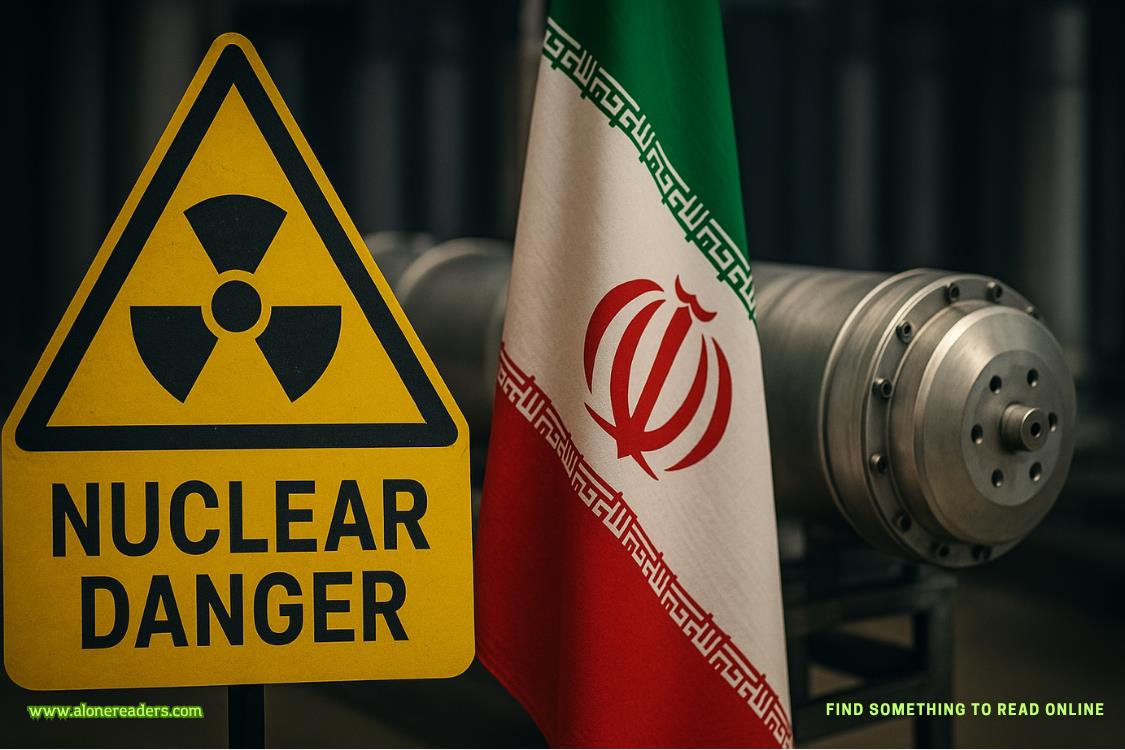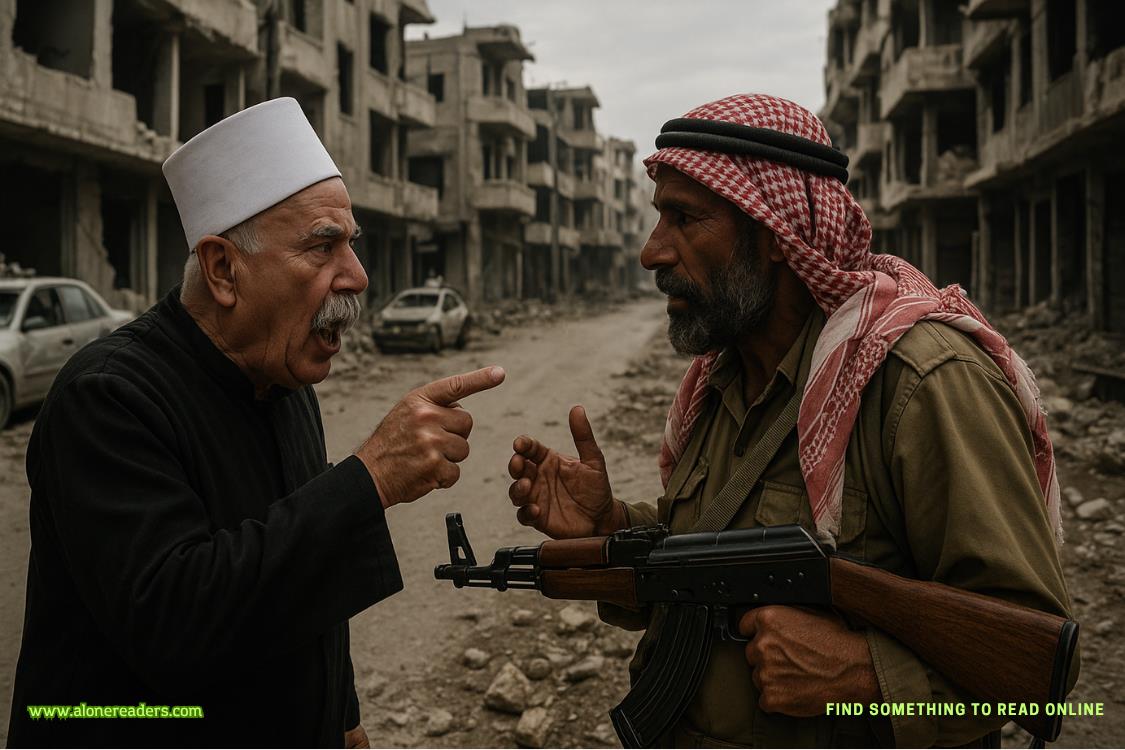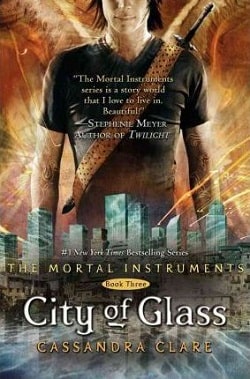Cannaregio, Venice
It was Chiarawho secretly informed the prime minister that her husband would not be at his desk at King Saul Boulevard on Monday morning. While purportedly on holiday, he had prevented a massive bombing in Cologne, dealt a severe blow to the ambitions of the European far right, and watched his close friend become the supreme pontiff of the Roman Catholic Church. He needed a few days to recuperate.
He spent the first three largely confined to the apartment overlooking the Rio della Misericordia, for God in his infinite wisdom had inflicted upon Venice a deluge of biblical magnitude. When combined with gale-force winds and an unusually high tide in the lagoon, the results were disastrous. All six of the city’s historicsestierisuffered catastrophic flooding, including San Marco, where the crypt of the basilica flooded for only thesixth time in twelve centuries. In Cannaregio the water rose a historic six and a half feet in a span of just three hours. Particularly hard hit was the small island to which the city’s Jews were confined in 1516 by the order of Venice’s ruling council. The museum in the Campo di Ghetto Nuovo was inundated, as was the ground floor of the Casa Israelitica di Riposo. Waves lapped against the bas-relief Holocaust memorial, leaving the carabinieri no choice but to abandon their bulletproof kiosk.
Like nearly everyone else in the city, the Allon family huddled behind barricades and sandbags and made the best of it. Raphael and Irene looked upon their watery internment as a great adventure; Gabriel, as a blessing. For three waterlogged days, they read books aloud, played board games, undertook art projects, and watched every DVD in the apartment’s modest library, most twice. It was a glimpse of their future. In retirement, Gabriel would be an expatriate again, a Diaspora Jew. He would work when it suited him and devote every spare minute to his children. The clock would slow, his many wounds would heal. This is where his story would end, in the sinking city of churches and paintings at the northern end of the Adriatic.
He checked in with Uzi Navot early each morning and late each afternoon. And, of course, he followed the news from Rome, where Donati wasted little time upsetting the curial applecart. For a start, there was his decision to reside not in the papal apartments of the Apostolic Palace but in an unadorned suite in the Casa Santa Marta. His first Angelus, delivered to an audience of some two hundred thousand pilgrims crammed into St. Peter’s Square, left little doubt he intended to guide the Church in a new direction.
But who was this man who now occupied the throne of St.Peter? And what were the circumstances of his shocking and historic election? The author of theVanity Fairarticle hopscotched from network to network, describing the magnetic archbishop she had christened “Luscious Luigi.” Several profiles explored his Jesuit roots and the period during which he served as a missionary in war-torn El Salvador. It was widely assumed, though never proven, that as a young priest he had been a supporter of the controversial doctrine known as liberation theology. This did not endear him to certain segments of the American political right. Indeed, one conservative referred to him as Pope Che Guevara. Another wondered whether the flooding in Venice, where he had worked for several years, might be a sign of God’s displeasure in the conclave’s choice.
Bound by their vows of secrecy, the cardinal-electors refused to discuss what had transpired inside the Sistine Chapel. Even Alessandro Ricci, the dogged investigative reporter fromLa Repubblica, appeared unable to penetrate the conclave’s armor. Instead, he published a lengthy article on the links between the European far right and the Order of St. Helena, the reactionary Catholic fraternity about which he had written a best-selling book. Three of the figures implicated in the false-flag bombings in Germany—Jonas Wolf, Andreas Estermann, and Axel Brünner—were alleged to be secret members of the Order. So, too, were Austrian chancellor Jörg Kaufmann and Italian prime minister Giuseppe Saviano.
Kaufmann immediately denied the report. He was forced to issue a clarification whenLa Repubblicapublished a photograph from his wedding, which was officiated by the Order’s superior general, Bishop Hans Richter. For his part, Saviano brazenly dismissed the story as “fake news” and called uponItalian prosecutors to file charges of treason against its author. Informed that no such offense had been committed, he issued a tweet calling on his thuggish soccer-hooligan supporters to teach Ricci a lesson he would not soon forget. After receiving hundreds of death threats, the journalist fled his apartment in Trastevere and went into hiding.
Bishop Richter, secluded at the Order’s medieval priory in Canton Zug, refused to comment on the story. Nor did he issue a statement when lawyers in New York filed a class action suit in federal court, accusing the Order of extorting money and valuables from desperate Jews during the late 1930s in exchange for promises of false baptismal certificates and protection from the Nazis. The lead plaintiff in the case was Isabel Feldman, the only surviving child of Samuel Feldman. In a sparsely attended news conference in Vienna, she unveiled a painting—a river landscape by the Dutch Old Master Jan van Goyen—that her father had turned over to the Order in 1938. The canvas, which had been removed from its stretcher, had been returned to her by the noted Holocaust investigator Eli Lavon, whose schedule did not permit him to attend the press briefing.
The exact circumstances of the painting’s recovery were not made public, which gave rise to much unfounded speculation in the Austrian press. A website that regularly trafficked in false or misleading stories went so far as to accuse Lavon of being an Israeli agent. The story happened to be accurate, thus proving Rabbi Jacob Zolli’s contention that the unimaginable can happen. Normally, Gabriel would not have bothered with a response. But given the current climate of anti-Semitism in Europe—and the ever-present threat of violence hanging overAustria’s tiny Jewish minority—he thought it best to issue a denial through the Israeli Embassy in Vienna.
He was less inclined, however, to repudiate a British tabloid report regarding his presence in the Sistine Chapel on the night of the historic conclave, if only to annoy the Russians and the Iranians, who were rightly paranoid about his capabilities and reach. But when the story jumped from publication to publication like a contagion, he reluctantly instructed the prime minister’s irascible spokeswoman to dismiss it as “preposterous on its face.” The statement was a classic example of a nondenial denial. And with good reason. Numerous Vatican insiders, including the new supreme pontiff and the 116 cardinals who elected him, knew the story to be true.
So, too, did Gabriel’s children. For three blissful days, as the rains fell upon Venice without relent, he had them entirely to himself. Board games, art projects, old movies on DVD. Occasionally, when the combination of shadows and light was favorable, he lifted the flap of an envelope emblazoned with the armorial of His Holiness Pope Paul VII and removed the three sheets of rich stationery. The salutation was informal. First name only. There were no preliminaries or pleasantries.
While researching in the Vatican Secret Archives, I came upon a most remarkable book...
Finally, on the morning of the fourth day, the clouds parted and the sun shone over the whole of the city. After breakfast, Gabriel and Chiara dressed the children in oilskin coats and Wellington boots and together they waded over to the Campodi Ghetto Nuovo to assist with the cleanup. Nothing had been spared, especially the museum’s beautiful bookstore, which lost most of its inventory. The kitchen and common room of the Casa Israelitica di Riposo were in ruins, and both the Portuguese and Spanish synagogues suffered severe damage. Once again, thought Gabriel as he surveyed the destruction, calamity had befallen the Jews of Venice.
They worked until one and then took their lunch in a tiny restaurant hidden away on the Calle Masena. From there it was a short walk to the first of two apartments that Chiara, without bothering to inform Gabriel, had arranged for them to see that day. It was large and airy and, perhaps most important, dry as a bone. The kitchen was newly renovated, as were the three bathrooms. The price was high, but not unreasonable. Gabriel was confident he would be able to shoulder the additional financial burden without having to sell knockoff Gucci handbags to the tourists in San Marco.
“What do you think?” asked Chiara.
“Nice,” said Gabriel noncommittally.
“But?”
“Why don’t you show me the other apartment?”
It was located near the San Toma vaporetto stop on the Grand Canal, a fully refurbishedpiano nobilewith a private roof terrace and a high-ceilinged, light-filled room that Gabriel could claim as his studio. There he would toil night and day on lucrative private commissions in order to pay for it all. He consoled himself with the knowledge that there were far worse ways for a man to spend the autumn of his years.
“If we sell Narkiss Street,” said Chiara.
“We’re not going to sell it.”
“I know it’s a stretch, Gabriel. But if we’re going to live in Venice, wouldn’t you prefer to live here?”
“Who wouldn’t? But someone has to pay for it.”
“Someone will.”
“You?”
She smiled.
“I want to see his books.”
“Where do you think we were going next?”
Francesco Tiepolo’s office was on the Calle Larga XXII Marzo in San Marco. On the wall behind his desk were several framed photographs of his friend Pietro Lucchesi. In one was a youthful version of Lucchesi’s successor.















